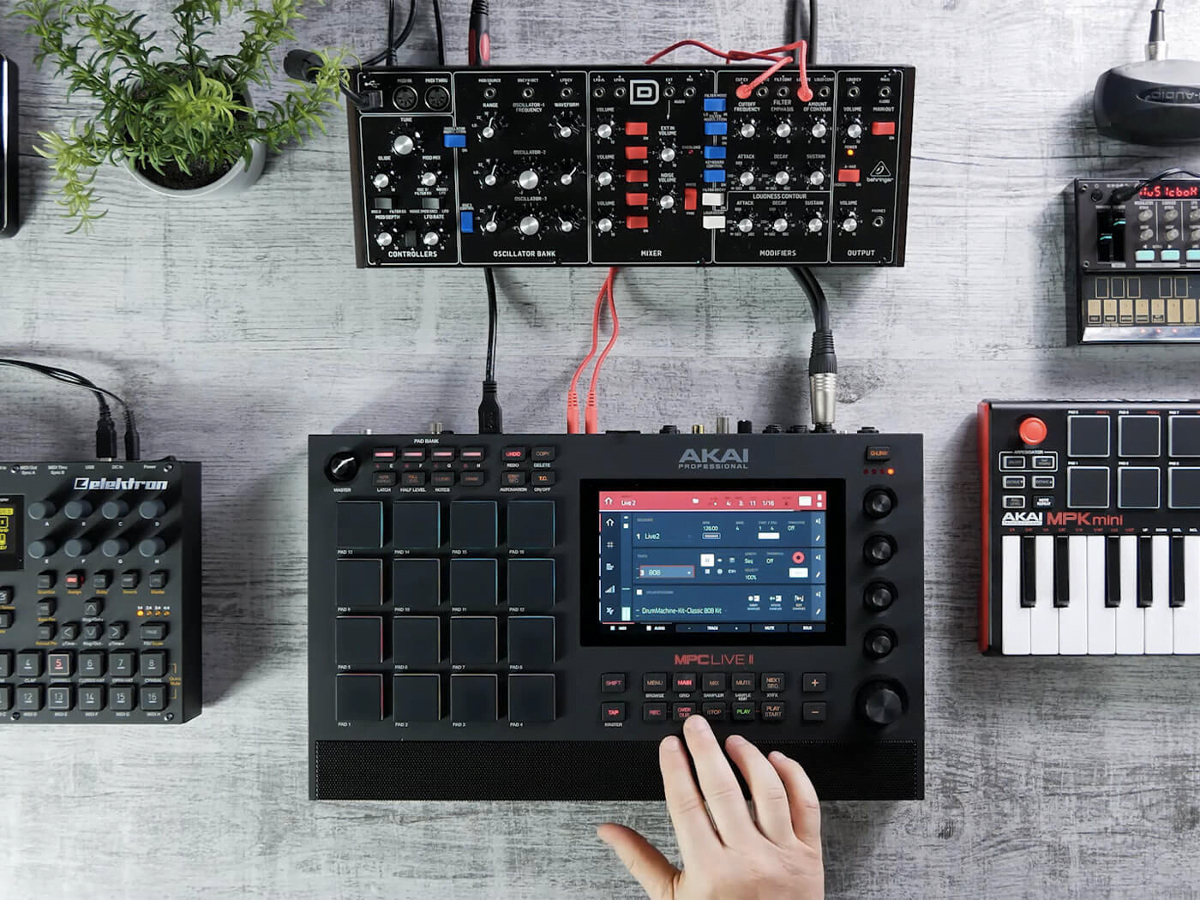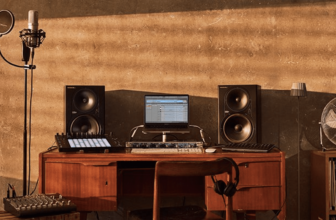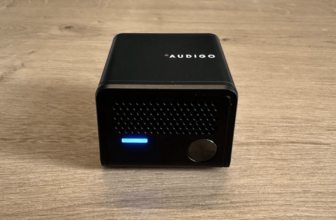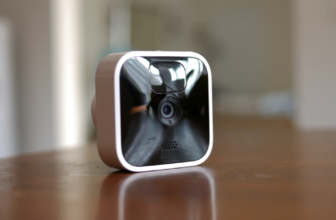
Here’s some good news for all musicians and music producers. You may now say goodbye to the traditional laptop because MPC Live II is the future centerpiece of your live music setup. After the MPC One launch and software update in 2019, electronic company Akai has released the newest MPC Live II.
In case you’re clueless, MPC stands for Music Production Center. It is a small, portable electric box that has become a tool for studio production for many years. It acts as a musical drum machine that produces beats without the help of a full band.
So what’s new with MPC Live II latest release? Akai’s latest innovation comes in with more exceptional components, including a built-in speaker, gate connectivity, long hours of use, new hardware buttons, and many more. Still not convinced? Read on this MPC Live II review and learn about this latest technology brought to you by Akai.
Taking Music Production Anywhere
MPC Live II’s components follow the previous MPC Live and MPC X models, with the addition of its stunning features, including the internal lithium-ion battery. If you are a music producer who makes music along the road, MPC Live II is the right partner for your music needs. You can make music anywhere and anytime you want.
It has a rechargeable battery with five to six hours of use. It will help you with all types of productions without going through the hassle of visiting an actual physical studio.
One of the apparent addition on MPC II is the pair of chunky “studio monitors” built right below it. It comes in with a black built-in speaker bar found in the bottom panel, a feature that is not available in the previous model.
Before, you have to produce music through MPC by hearing through your headphones. But with the newest built-in speaker, the entire music board is now qualified as standalone hardware. With the latest addition, you can now provide impromptu public performances and use it at any event or house party.
Using MPC Live II’s speaker will impress you. It offers a more decent volume and a fantastic stereo image for bashing out patterns and setting up kits. It also provides the best alternative if you are working away from your studio.
Introducing the New Set of Buttons and Mini Jacks
Besides built-in speakers, Akai added a few more hardware buttons to quickly access most-used tasks and enhance editing workflow, including Mix, Time Correct, and Mute, to name a few. This new feature allows you to modify tracks without interrupting your work.
In addition to new hardware buttons, MPC Live II comes in with four mini-stereo jacks. You may find it helpful when outputting CV signals. The new CV sequencing slots are an excellent addition to the MPC workflow and its capability to sample analog hardware.
It also has a MIDI multi-capability that allows you to connect multiple devices at the same time through a USB hub. With its retrospective record tool, you can also return to recently played MIDI parts.
Another bonus is the volume control on the uppermost part of the board. The volume switch has transformed into a chunky front panel knob from a small dial at the back of the panel. With the new position of the volume controller, it is easier for you to access the volume button because it used to be at the rear end of the component. MPC Live II gives you more freedom to control your music’s volume, whether soft or loud.
Overall, these features are a smart choice for the MPC II that fixes the annoying elements from the previous models of MPC’s original design.
Other Smart Features of MPC Live II
Indeed, MPC Live II also offers a wide variety of new components to its users. Here is a complete list to give you a full rundown of MPC Live II features.
- Built-in speakers
- New hardware buttons (Mix, Time Correct, and Mute, among others)
- CV/Gate connectivity
- Wi-Fi connectivity
- MIDI Multi capabilities
- Five to six hours of battery use
- Initial storage of 16GB
- Multi-touch display
With its standalone features, you cannot knock down the improved functionalities of the latest MPC Live II. This newest model is a pretty high standard that would never compromise your music-making outside a studio venue.
With its jaw-dropping features, the Akai MPC Live II’s price comes in at almost $1200. It’s a pretty big price, but the design’s functionality and portability are worth it. Either you are an aspiring musician or a professional music producer, the MPC Live II will meet your needs with more room to learn and grow.
Disadvantages of MPC Live II
The MPC Live II runs the same MPC 2 software just like the previous MPCs released by Akai, such as MPC Live, MPC X, and MPC One. It almost has the same features, including the multi-touch display and Ableton Link support.
With the MPC Live II built-in speaker, some of you may doubt the need to purchase the newest component. Most people would prefer to use standalone speakers. And in case you’re sharing a room with someone, you will probably choose headphones to avoid annoying those around you or disturb your music-making.
The built-in speakers, including its newest features, are still an excellent addition to MPC Live II. You may want to hear what the speaker sounds like in a public setting. Plus, you don’t want to miss out on the newest features offered by Akai’s MPC Live II.
Final Verdict on MPC Live II
Overall, the Akai’s MPC Live II is the most appealing version among the series right now. When it comes to its convenience and features, there are no competitions that could rival MPC Live II as portable music production hardware.
With the built-speaker, additional buttons, and CV ports, MPC Live II is one of the finest MPC components. If you are looking for a wireless, go-to music studio, MPC Live II is your newest partner.





